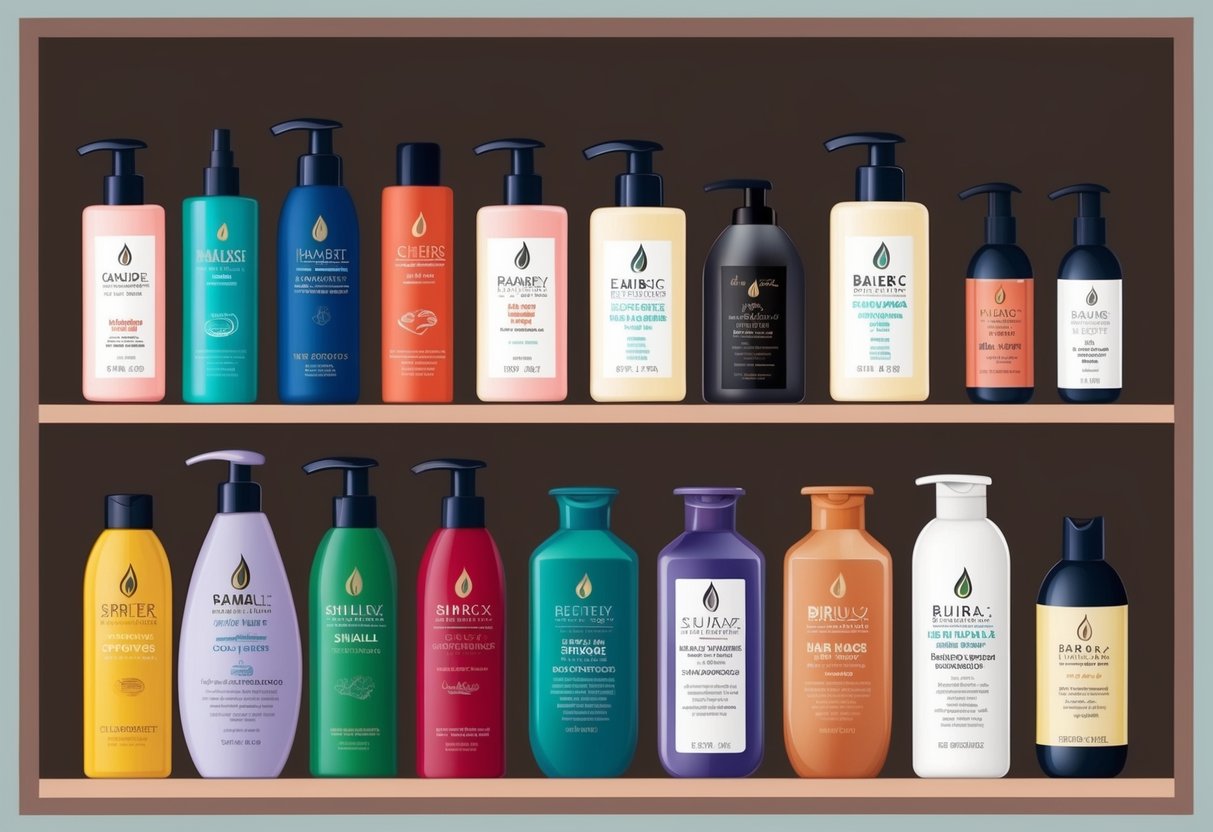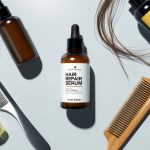Best Hair Care Routine for Damaged Hair: Expert Tips for Stronger, Healthier Hair
Scalp Exfoliation for Better Hair
Scalp exfoliation removes dead skin cells, excess sebum, and product buildup, leaving follicles clear and energized. Exfoliating treatments—physical scrubs or chemical exfoliants—can be worked into a routine once a week for most hair types, but it’s important not to overdo it to avoid irritation.
A gentle exfoliating brush or a formula with salicylic acid helps dissolve debris while promoting circulation. Better blood flow nourishes follicles, which can aid in healthier, stronger hair.
Physical scrubs should be massaged lightly, focusing on areas prone to flakiness or buildup. Always rinse well and follow with a suitable conditioner.
Look for hair products specifically formulated for scalp health. Certain ingredients such as tea tree oil or gentle acids can offer targeted relief.
More insights on scalp care and repair are available from haircare experts.
Boosting Hair Growth Naturally
Supporting hair growth begins with both internal and topical care. Hair follicles thrive on a balanced diet that includes iron, vitamin D, zinc, protein, and essential fatty acids, which help minimize hair loss and support the growth cycle.
Hydration is equally important, as a dry scalp can lead to inflammation and weakened hair structure. Gentle scalp massages can increase circulation, encouraging nutrients to reach each follicle.
Certain topical treatments, such as minoxidil or rosemary oil, have scientific backing for promoting hair density and reducing shedding. Avoiding harsh heat styling, limiting chemical treatments, and trimming split ends prevent premature hair aging.
Consistent protection from UV damage and environmental stressors keeps the scalp healthy and supports overall hair vitality. Look for products that address both scalp and strand health, using pH-balanced shampoos, light serums, and leave-ins designed for restoration.
Explore more about nutrients, products, and scalp-friendly techniques in this guide to scalp and hair health.
Customizing Care for Different Hair Types

Different hair types need specific care routines to address common problems like dry damaged hair, lack of moisture, or increased breakage. Customizing methods and products helps restore both strength and shine for stronger, healthier hair.
Treating Curly and Textured Hair
Curly hair and textured hair types are naturally drier due to their unique curl pattern preventing scalp oils from fully coating the strands. Hydration is critical.
Use sulfate-free shampoos to avoid stripping moisture, and follow up with deep conditioning masks every week to replenish lost hydration. Incorporating leave-in conditioners or curl creams can help enhance curl definition, minimize frizz, and lock in moisture.
Finger-detangling while hair is wet and using a wide-tooth comb reduce mechanical damage. Protective styles such as braids or twists can help limit daily manipulation, giving fragile curls extra protection.
Avoid frequent heat styling, as high temperatures can quickly worsen damage for curly and textured hair types. For more guidance tailored to specific hair types and product recommendations, review this hair care guide by HairCode.
Adapting Routine for Fine or Thick Hair
Fine hair can become weighed down by heavy creams or oils, leading to flatness and buildup. Lightweight, volumizing shampoos and conditioners work best, and applying conditioner mainly to the ends helps avoid excess oil at the roots.
Use heat protection sprays before blow-drying or styling to help prevent further damage. Thick hair, by contrast, often needs extra moisture and detangling support.
Richer masks or creams help keep thick strands manageable, while also addressing breakage and dryness. Using a microfiber towel after washing can minimize frizz and cut down on overall drying time.
Regardless of thickness, a regular trim is important for removing damaged ends and promoting healthy growth, as discussed in this expert hair care routine from Healthline.
Frequently Asked Questions
Damaged hair can be addressed through targeted home remedies, salon treatments, and a focused daily routine. Both natural and professional solutions exist for reversing issues caused by heat, coloring, and environmental stress.
What are the most effective home remedies for repairing damaged hair?
Coconut oil, olive oil, and argan oil are popular home remedies for restoring moisture to dry and brittle strands. Honey masks and aloe vera treatments can help seal in hydration and smooth the hair cuticle.
Gentle detangling, air drying, and minimizing heat use are also recommended to reduce stress on damaged hair.
Which salon treatments are best for restoring the health of damaged hair?
Bond-repairing therapies, such as protein treatments and Olaplex, help rebuild hair structure after chemical or heat damage. Deep conditioning treatments provide intensive moisture, improving strength and manageability.
Many salons also offer keratin and amino acid treatments to smooth frizz and reduce breakage, which leads to visibly healthier hair.
What daily hair care routine should be followed for dry and damaged hair?
Use a gentle, sulfate-free shampoo and a nourishing conditioner. Always use a wide-tooth comb to detangle wet hair, starting from the ends.
Allow hair to dry naturally instead of using heat, and wrap hair with a soft towel or t-shirt rather than rubbing it dry to prevent further breakage as described by the American Academy of Dermatology.
How can I treat my chemically damaged hair without cutting it?
Regularly applying bond-repair products and leave-in conditioners helps strengthen and soften the hair shaft. Protective hairstyles shield fragile ends and reduce the risk of breakage.
Limit additional chemical or heat styling and focus on hydrating treatments that encourage repair over time, as seen with options like the L’Oréal Paris EverPure Bond-Repairing System.
What are the top tips for making hair strong and resilient again?
Minimize heat styling and use heat protectants when necessary. Avoid harsh towel-drying and comb hair gently, beginning at the ends.
Moisturize regularly and trim split ends to prevent further damage. Incorporate products specifically designed for strengthening, such as those that repair bonds and reinforce hair structure.
Can damaged hair be repaired naturally, and if so, how?
Hair can regain some strength naturally with consistent hydration from oils and masks. A healthy diet rich in nutrients also supports hair health.
Minimal exposure to heat and chemicals helps prevent further damage. Letting hair air dry and using gentle hair care practices, such as wrapping instead of rubbing it with a towel, support gradual natural repair, as mentioned in expert recommendations from the American Academy of Dermatology.



